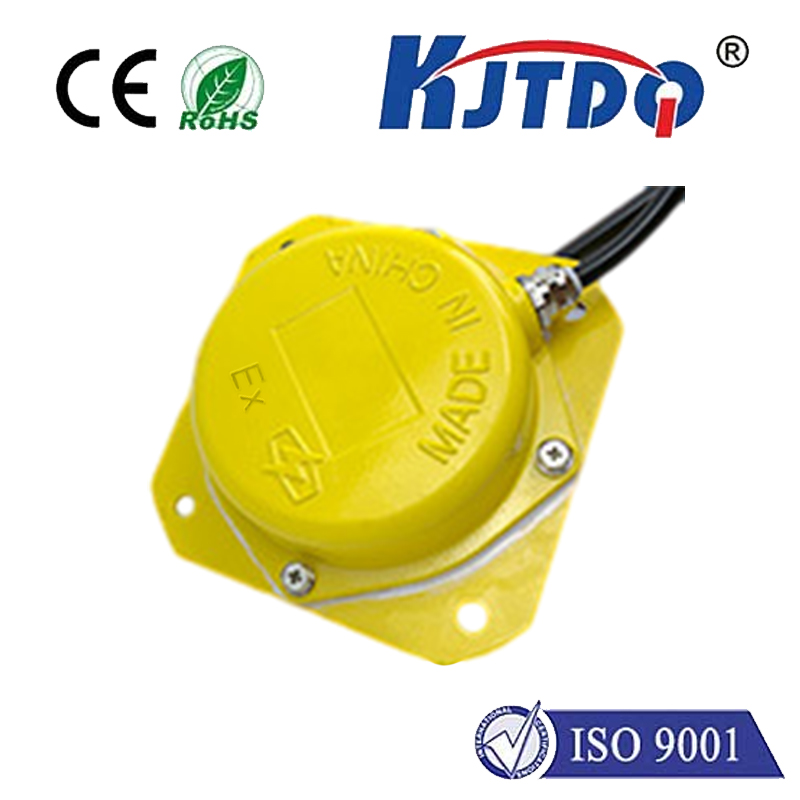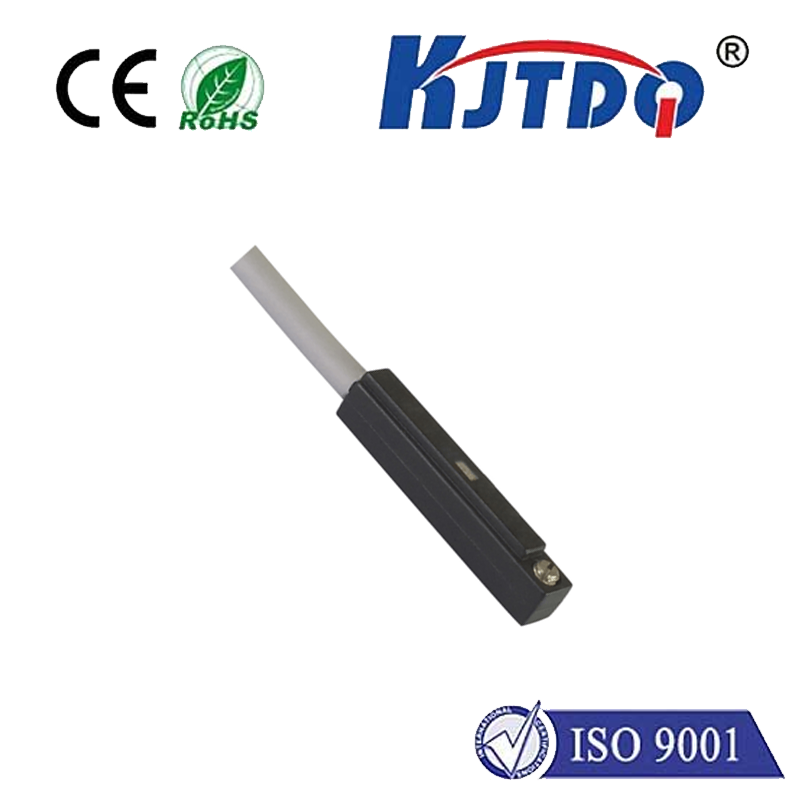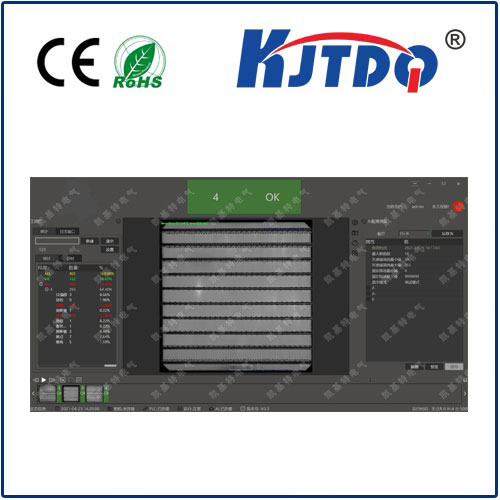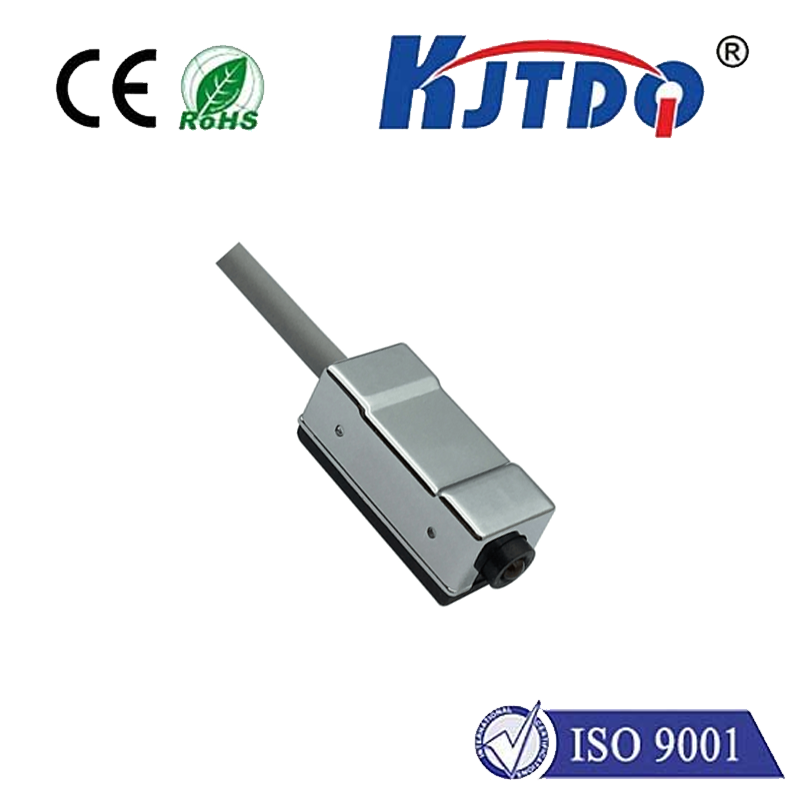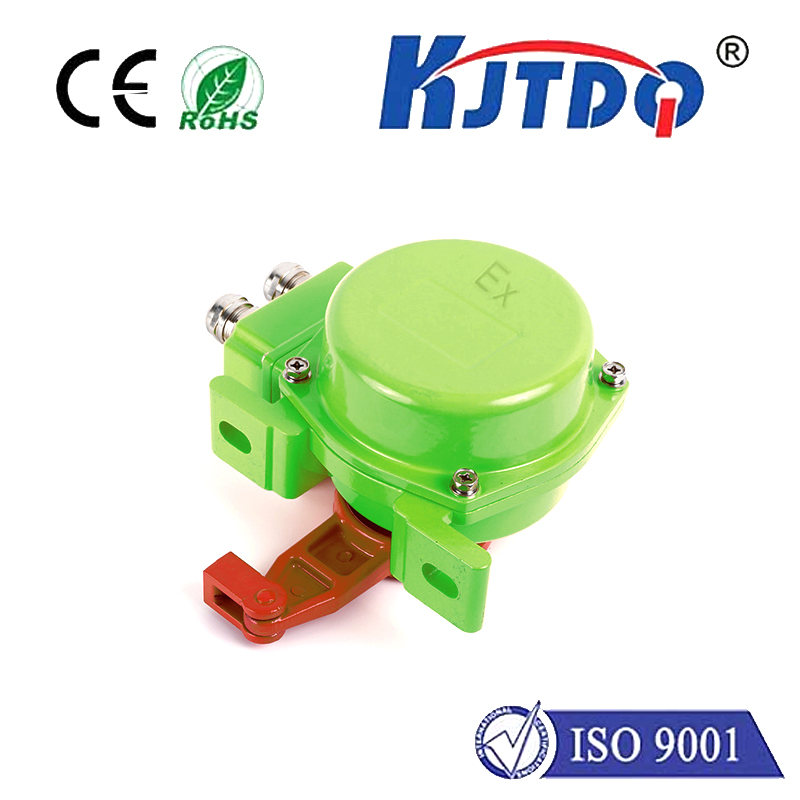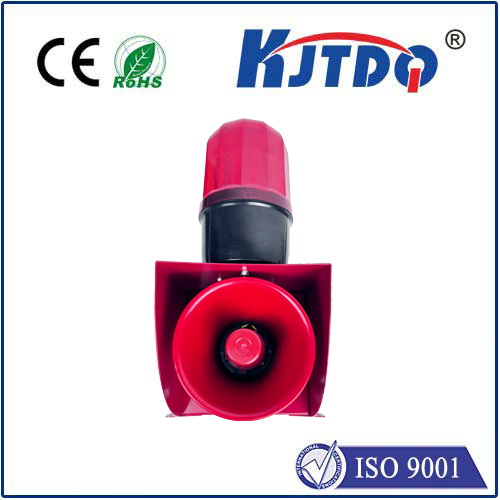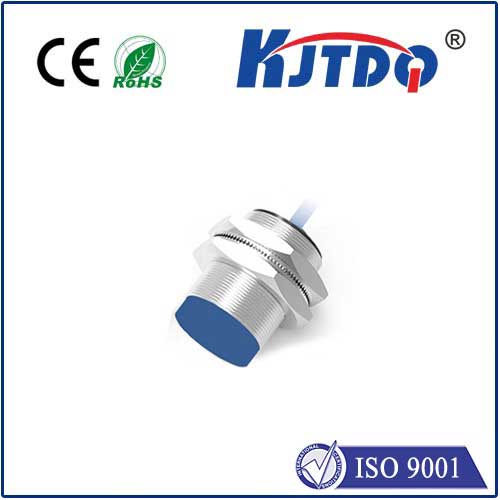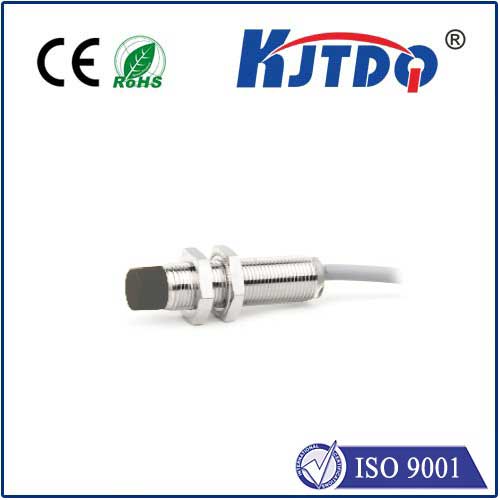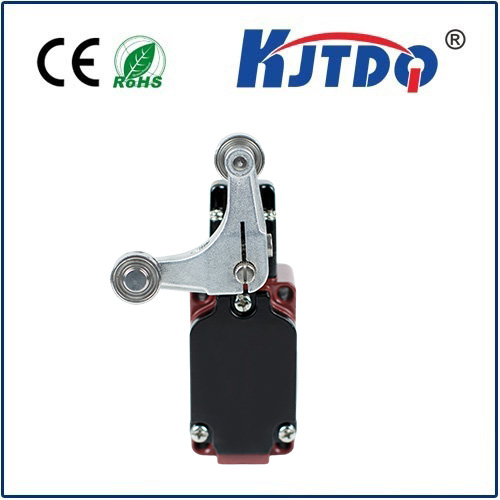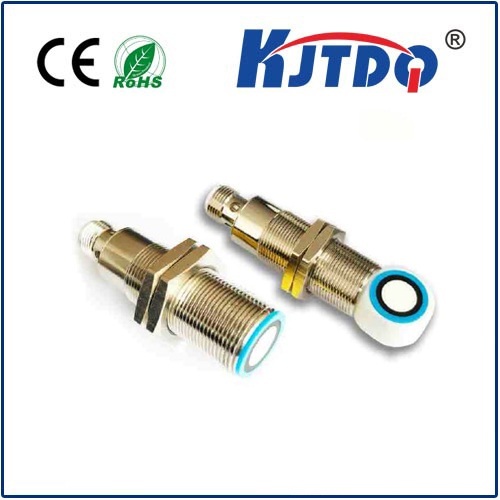
check

check

check

check
Introduction:
Proximity sensors have become increasingly popular in various industries due to their ability to detect the presence of objects or people at a specified distance. One of the key advantages of proximity sensors is their non-contact nature, which eliminates the need for physical contact between the sensor and the object being sensed. In this article, we will discuss how proximity sensors with PNP (P-N-P) configuration can be used in non-contact applications, highlighting their unique features and benefits.
Section 1: Understanding Proximity Sensors with PNP Configuration
Proximity sensors with PNP configuration are designed to operate in environments where traditional sensors may not perform as well. They use advanced technologies such as infrared (IR) radiation, magnetic fields, or ultrasonic waves to detect the presence of objects at a specified distance. PNP sensors typically have three pins: a pin for power, a pin for ground, and a pin for signal output. By connecting these pins in different configurations, the sensor can be configured to operate in different modes, such as passive or active mode.
Section 2: Advantages of Proximity Sensors with PNP Configuration
There are several advantages associated with using proximity sensors with PNP configuration in non-contact applications. Some of these benefits include:
1. Enhanced accuracy: Proximity sensors with PNP configuration can provide higher accuracy levels compared to traditional proximity sensors. This is because they can be more sensitive to changes in the environment, such as changes in light levels or temperature.
2. Improved reliability: Proximity sensors with PNP configuration are often more reliable than traditional proximity sensors due to their superior design and construction. This means that they are less likely to malfunction or fail over time.
3. Better versatility: Proximity sensors with PNP configuration can be used in a wide range of non-contact applications, including robotics, automation, security systems, and medical devices.
4. Reduced costs: Proximity sensors with PNP configuration are typically less expensive than traditional proximity sensors, making them an attractive option for budget-sensitive projects.
Conclusion:
In conclusion, proximity sensors with PNP configuration offer numerous advantages when used in non-contact applications. By understanding their unique features and benefits, designers and engineers can choose the right sensor for their specific project requirements. As technology continues to advance, it is likely that we will see even more innovative solutions emerge for integrating proximity sensors into our daily lives.
